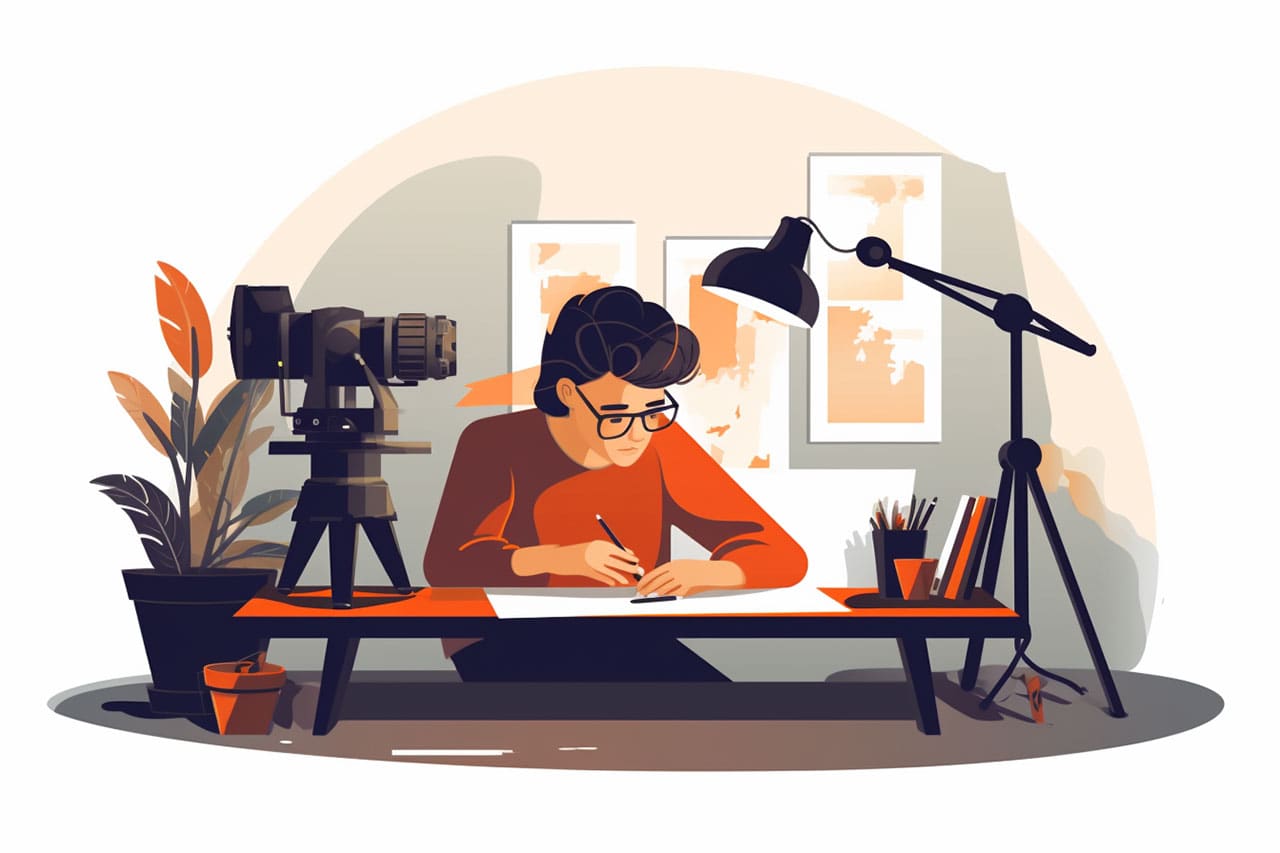Creativity
4 min read8/30/2023
Storyboards & Films: Sketching the First Draft of a Movie
Sketch your movie storyboard now and bring it to life on the big screen!
Doozle Team
Your creative inspiration partners

Loading content...
Related Articles

Creativity
Diary of an Artist: The Benefits of Regular Sketching
Sketching your world brings beauty, joy, and clarity to life!
4 min read11/14/2023
Read More

Creativity
Interactive
Balancing Act - Structure vs. Spontaneity in Creativity
Creativity is a wild, untamed force that dances between structure and spontaneity, a delightful balancing act that leads to artistry and joy!
3 min read3/11/2025
Read More
Creativity
Interactive
Pixels and Brushes: Tips and Tricks for Drawing in the Digital Age
Create masterpieces with pixels and brushes! Learn tips and tricks for drawing in the digital age!
5 min read9/29/2023
Read More